How to Choose the Right Wire Size? A Guide to AWG, Ampacity, and 12V Automotive Wiring
Don't Risk a Meltdown: The Definitive Guide to Selecting Wire for Your Car or Boat
You've planned your circuit, selected the right fuse, and learned how to wire a relay. But all that work is for nothing if you connect it all with the wrong wire. Choosing the correct wire size isn't just about making things work—it's one of the most important safety decisions you'll make.
An undersized wire is a fire waiting to happen. It acts like the wrong-sized pipe for a powerful pump, creating heat, choking performance, and leading to catastrophic failure.
This guide will teach you the fundamentals of wire selection. We'll explain the AWG system, why wire size is so critical, and give you the tools to confidently choose the right wire for any 12V project.
 What is AWG (American Wire Gauge)?
What is AWG (American Wire Gauge)?
AWG, or American Wire Gauge, is the US standard for measuring the diameter of a solid, round electrical wire. When you see a wire labeled "10 AWG" or "14-gauge," this is what it's referring to.
Here is the single most important, counter-intuitive rule you need to learn:
The SMALLER the AWG number, the THICKER the wire.
A 10 AWG wire is much thicker and can handle more current than a 16 AWG wire. A massive 4 AWG wire is used for battery cables, while a tiny 22 AWG wire might be used for a low-power LED indicator.

Why Does Wire Size Matter So Much?
Two words: Heat and Voltage Drop.
Every wire has a small amount of electrical resistance. When current flows through this resistance, it generates heat.
-
A correctly sized wire has very low resistance, so it can carry the current without getting hot.
-
An undersized wire has higher resistance for the amount of current being forced through it. This wire will get hot, potentially melting its insulation and starting a fire.
Furthermore, this resistance "uses up" voltage along the length of the wire. This is called Voltage Drop. A long, undersized wire can cause a 12V source to deliver only 10V or 11V to your device, causing dim lights, slow motors, and poor performance.
Your goal is to choose a wire thick enough to minimize both heat and voltage drop.

How Do You Choose the Right Wire Gauge?
To select the correct wire size, you need to know two key pieces of information:
-
Current Draw (Amps): How much current will be flowing through the wire? This is determined by your accessory (e.g., your 20 Amp light bar).
-
Circuit Length (Feet/Meters): How long is the wire run? This is the total length of the circuit, from the power source to the device and back to the ground. A 10-foot distance to a device is a 20-foot circuit length.
With these two numbers, you can use a reference chart to find the minimum recommended AWG.
How to Use an AWG Wire Size Chart for 12V Systems?
Below is a simplified chart for 12V DC systems, designed to keep voltage drop under 3% (a common standard for reliable performance).
To use the chart:
-
Find your device's Amperage draw on the vertical (left) axis.
-
Find your Total Circuit Length on the horizontal (top) axis.
-
The number where the row and column intersect is the minimum AWG wire size you should use.
Rule of thumb: When in doubt, it is ALWAYS better to use a thicker wire (a smaller AWG number).

Example: You are wiring a light bar that draws 15 Amps. The distance from your relay to the light and back to ground is 15 feet.
-
Find the "10-15A" row.
-
Find the "10-15ft" column.
-
The chart recommends a 14 AWG wire.
What Type of Wire Should You Use?
Besides size, the type of wire is also crucial for automotive and marine environments.
-
Stranded vs. Solid: Always use stranded wire. Solid core wire (like that used in houses) is brittle and will break under the constant vibration of a vehicle.
-
Insulation: Standard "primary" wire is okay, but for maximum durability and resistance to heat, oil, and abrasion, use high-quality automotive wire with GXL or TXL cross-linked insulation. This is the professional standard.

Conclusion: Wire is Your System's Lifeline
Your electrical system is only as strong as its weakest link, and that link is often an overlooked, undersized wire. By taking a few moments to determine the current draw and circuit length, and consulting a chart, you can make a professional choice that guarantees safety, reliability, and peak performance for years to come.


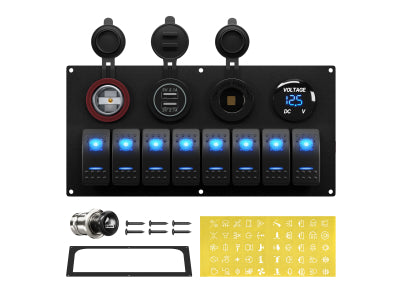
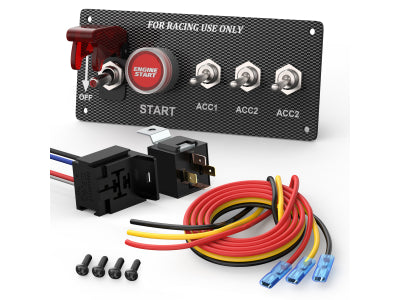
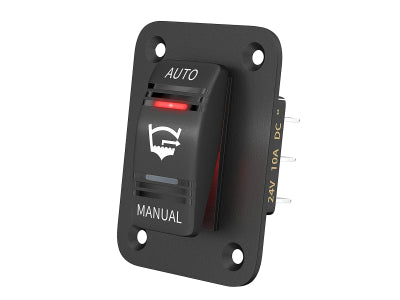
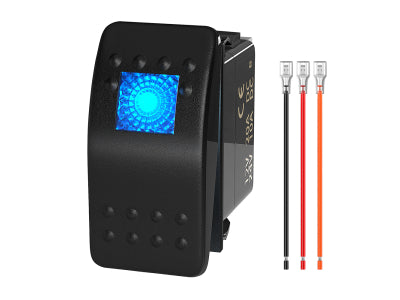

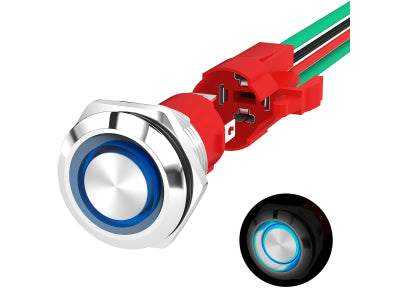
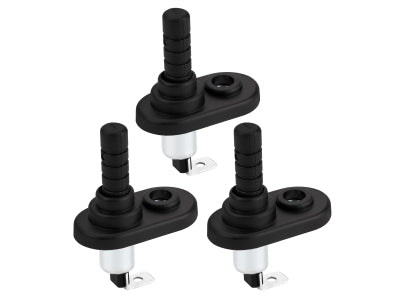
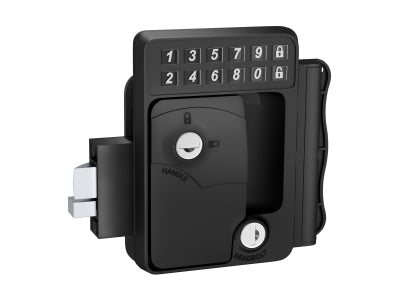
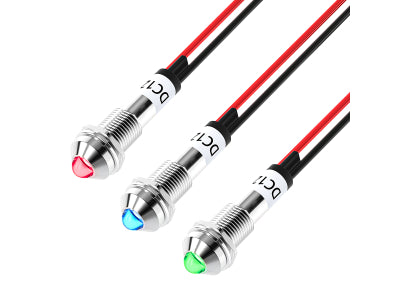
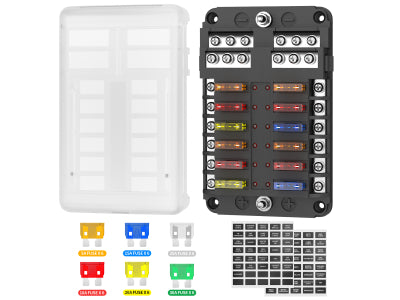
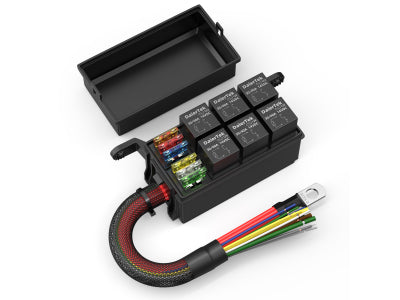
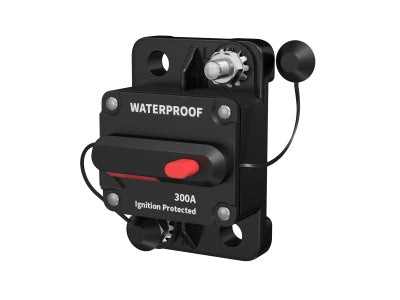
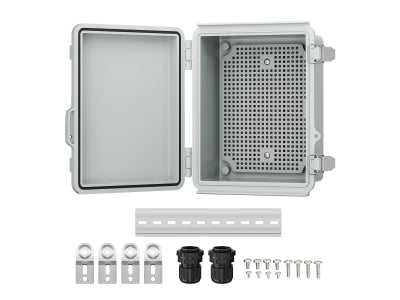
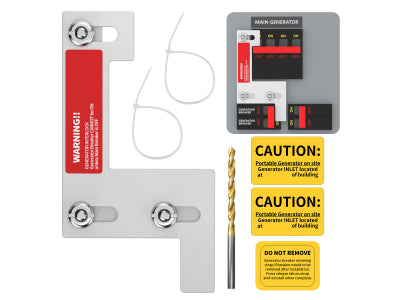
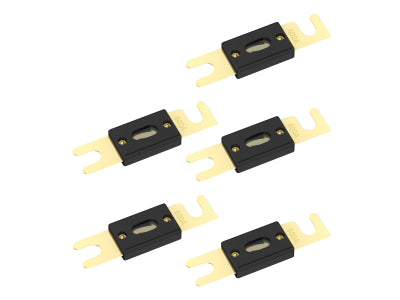
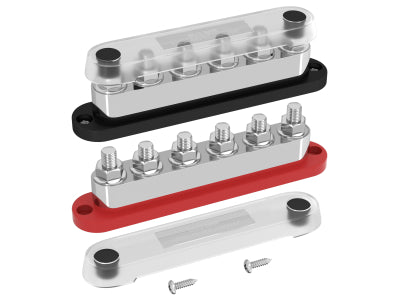
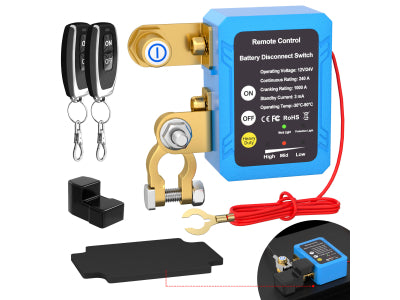
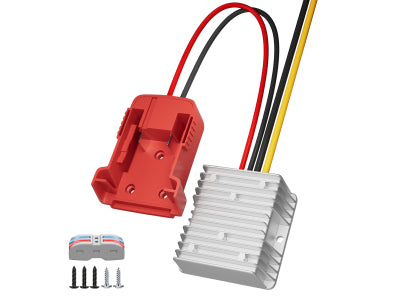
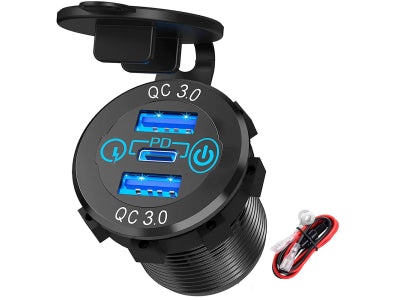
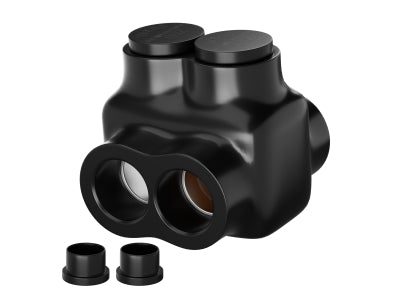
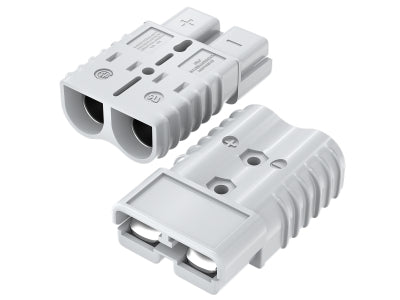

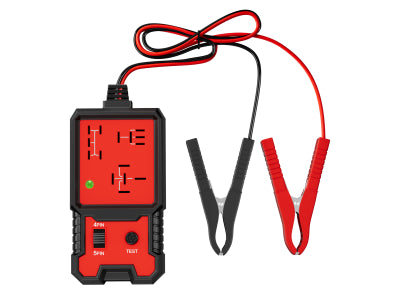
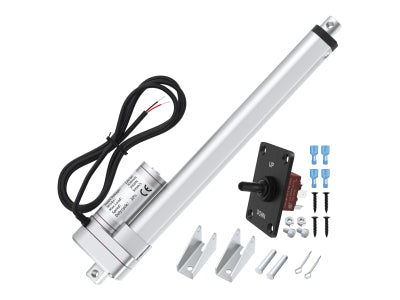
Leave a comment